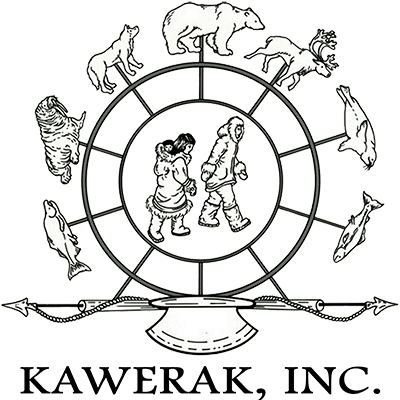What are your educational and career goals? How do your goals relate to environmental conservation?
I am nineteen credits shy of completing my associates in applied science in Maritime Transportation. After I complete this entry level degree, I plan to transfer into one on the six maritime academies in the country. This is the only route that will permit me to become a maritime pilot. This will allow me to shuttle vessels to shore, keep our community in compliance with the Jones Act, or to make the call to direct vessels elsewhere. This kind of home rule autonomy is vital to the future of the region, and there needs to be someone who fits those criteria.
What does Inuit-led conservation advocacy mean to you?
Inuit-led conservation means so many things to me, but my main viewpoint comes from the sea. As a credential merchant mariner, and commercial fisherman, I see the critical need to protect the waters of the Caleb Scholar Program Service Area. With an increase in maritime traffic through the Bering Strait, it is time for the region to have its first local, Inupiaq maritime pilot. Having someone in that position of power means that we will be able to have further control of the types of vessels navigating our waterways.
Please share a reflection of when you have felt a connection to the ocean or the
land.
I feel most connected to the sea is when I’m on the ocean crabbing with my family. I have been commercial crabbing with my family since I was twelve years old. I have enjoyed each time I have gone out and looked around and experienced the waves hitting the boat. I feel the deepest connection to the land when I’m racing across the tundra on my snowmachine. It helps to clear my head and I feel such gratitude for being from such an amazing place.

